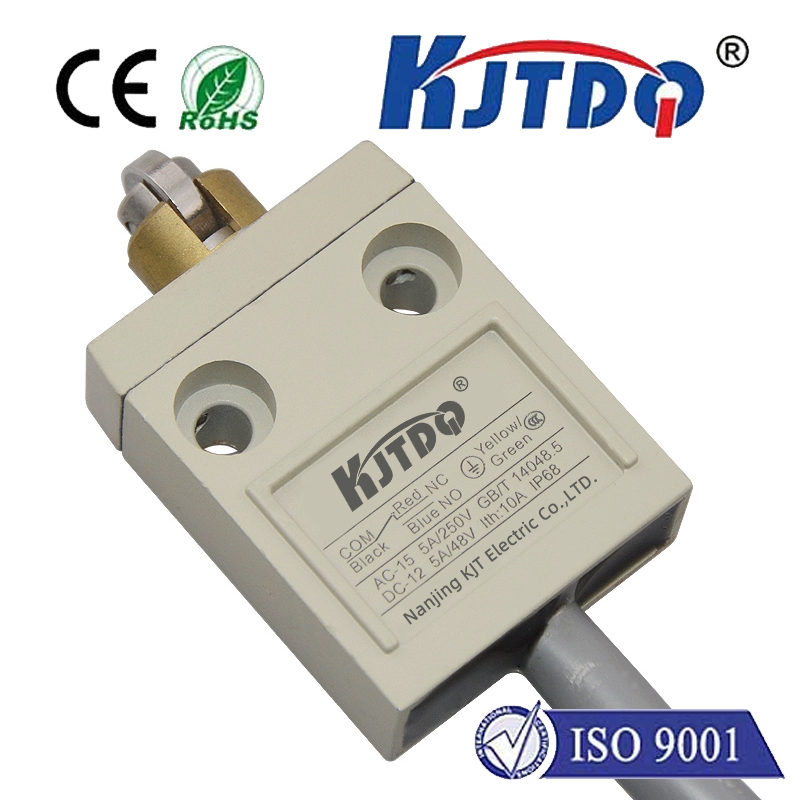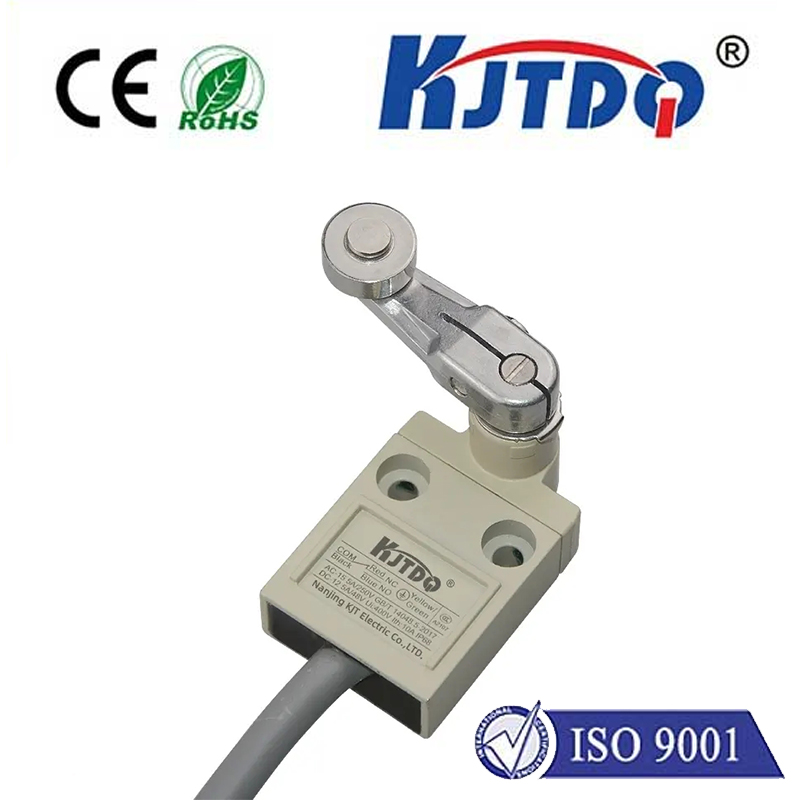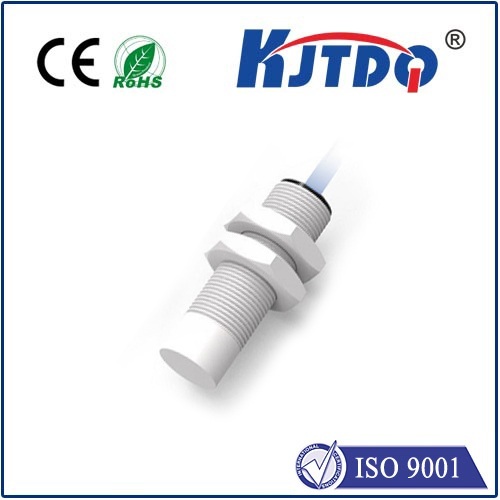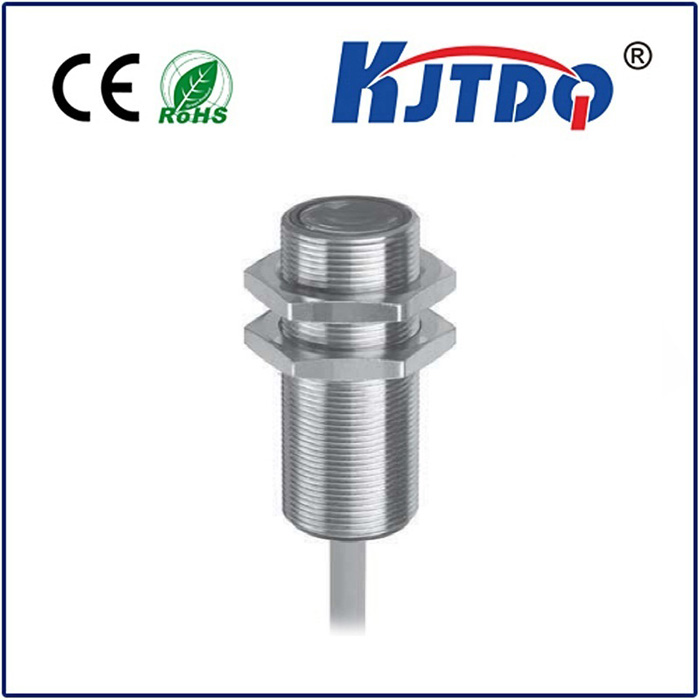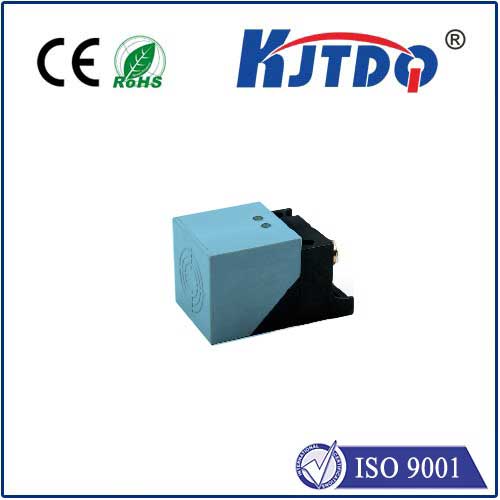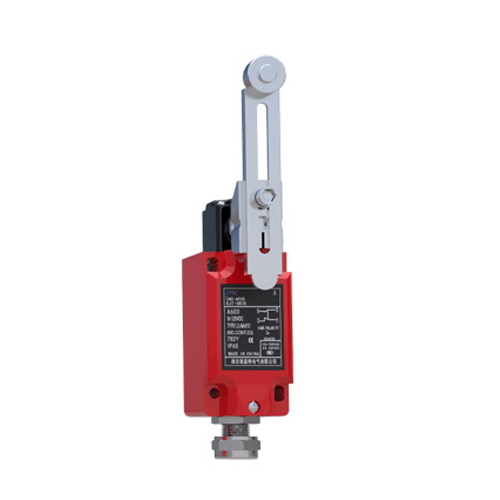BES02HE high pressure proximity sensor
- time:2025-10-01 04:36:39
- Click:0
Defying the Crush: How the BES02HE Proximity Sensor Masters High-Pressure Environments
Picture this: a critical hydraulic actuator deep within a massive forging press, strokes measured in milliseconds under bone-jarring loads. Sensors monitoring its position must endure relentless pressure surges that would cripple standard components. Or imagine a subsea valve actuator, kilometers beneath the ocean surface, where immense hydrostatic pressure is a constant, unyielding force. In these punishing realms, standard proximity sensors simply fail. What if a sensor existed that not only survived but thrived, delivering unwavering positional feedback where pressure isn’t just a factor, but the defining condition? Enter the BES02HE High Pressure Proximity Sensor – a purpose-built solution engineered for precision where pressure peaks.
Beyond Ordinary Sensing: The BES02HE Defined
At its core, the BES02HE is an inductive proximity sensor, detecting the presence or absence of metallic targets without physical contact. However, it transcends the capabilities of its mainstream counterparts through specialized engineering explicitly focused on resilience under extreme pressure. This isn’t merely a ruggedized sensor; it’s a sensor fundamentally designed from the ground up to operate reliably where fluid pressures reach hundreds of bar. Its hermetically sealed construction and robust materials are paramount, shielding its sensitive internal electronics from the crushing forces and potential media ingress that are commonplace in demanding hydraulic and pneumatic systems, marine applications, and high-pressure testing rigs. The “HE” designation signifies its High-Pressure Environment pedigree.

Conquering the Pressure Barrier: Key Engineering Features
What makes the BES02HE uniquely suited for these brutal applications?
- Extreme Pressure Resilience: This is its raison d’être. While standard inductive sensors might withstand ambient pressure or minor system fluctuations, the BES02HE is typically rated for pressures reaching 600 bar (8700 psi) or higher, depending on the specific variant and installation configuration. This capability is achieved through exceptional sealing technology and structural integrity.
- Robust Hermetic Sealing: Utilizing specialized seals and often featuring a fully welded stainless steel housing, the BES02HE creates an impenetrable barrier. This prevents pressurized media (oil, water, emulsions) from penetrating the sensor cavity, protecting the internal oscillator, amplifier, and output circuitry. It also prevents internal pressure build-up that could compromise performance or lead to failure.
- Industrial-Strength Housing: Constructed typically from high-grade stainless steel (e.g., V4A/AISI 316L), the sensor body offers outstanding resistance to corrosion from aggressive fluids, salts, and chemicals often encountered in high-pressure environments like offshore platforms or chemical processing. This material also provides exceptional mechanical strength.
- High Shock and Vibration Tolerance: Environments generating immense pressure often involve significant mechanical shock and vibration. The BES02HE is engineered to withstand these punishing forces, maintaining stable operation and signal integrity without damage.
- Reliable Inductive Sensing Principle: Utilizing electromagnetic fields, the BES02HE is inherently resistant to contamination from non-metallic particles like dirt, dust, or moisture (outside the high-pressure sealing challenge), making it suitable for dirty industrial settings common alongside high-pressure systems.
Where the BES02HE Proves Indispensable: Core Applications
The BES02HE high pressure proximity sensor finds its critical niche wherever proximity detection is needed under crushing loads:
- Hydraulic Systems: Monitoring cylinder piston position, detecting end-of-stroke in high-pressure cylinders (rams), verifying valve spool position within pressurized valve blocks, confirming tool clamping in presses.
- Marine & Offshore Technology: Actuator feedback on subsea valves, blow-out preventers (BOPs), remotely operated vehicles (ROVs), and thrusters operating under extreme hydrostatic pressure.
- Oil & Gas (Onshore/Offshore): Position sensing in high-pressure wellhead control equipment, Christmas tree valves, and downhole tooling applications.
- High-Pressure Test Benches: Providing reliable target position feedback during the testing of components like fuel injectors, pumps, valves, and pressure vessels under simulated extreme operating pressures.
- Water Jet Cutting: Monitoring piston position within intensifier pumps that generate ultra-high-pressure water streams.
- Heavy Machinery: Position sensing in large forging presses, extrusion machines, and other equipment where hydraulic forces are extreme.
Technical Specifications that Matter: What to Expect (Typical)
- Sensing Principle: Inductive, Non-Contact
- Operating Pressure Range: Typically rated up to 400 - 600 bar (5800 - 8700 psi), specific max. pressure varies by model and installation type (e.g., radial vs. axial pressure). Always verify the datasheet.
- Housing Material: Stainless Steel (e.g., V4A/AISI 316L)
- Output Type: Commonly PNP Normally Open (NO) or Normally Closed (NC), occasionally NPN; sometimes configurable.
- Connection: M12x1 connector (often 4-pin) or fixed cable; integral or separate connector block options.
- Supply Voltage: Typically 10-30 V DC.
- Sensing Distance: Fixed, defined nominal range (e.g., Sn=2mm, 4mm, 8mm). Reduced operating distance may apply under maximum pressure.
- Protection Rating: High IP rating (e.g., IP67, IP68, IP69K) ensuring dust-tightness and resistance to high-pressure water jets or temporary immersion, complementing its high-pressure sealing.
- Temperature Range: Wide operating temperature capability (e.g., -25°C to +100°C) suitable for harsh industrial environments.
- Electrical Protection: Standard reverse polarity, overload, and short-circuit protection.
The Tangible Advantages: Why Choose the BES02HE?
Deploying a BES02HE high pressure proximity sensor delivers significant operational benefits:
- Unmatched Reliability Under Pressure: Its core strength is providing dependable position feedback in applications where pressure is the primary challenge, preventing costly unplanned downtime caused by sensor failure.
- Enhanced Safety: Reliable detection in critical high-pressure systems (like BOPs or hydraulic clamping) is paramount for operational safety and preventing catastrophic equipment damage or environmental incidents.
*









